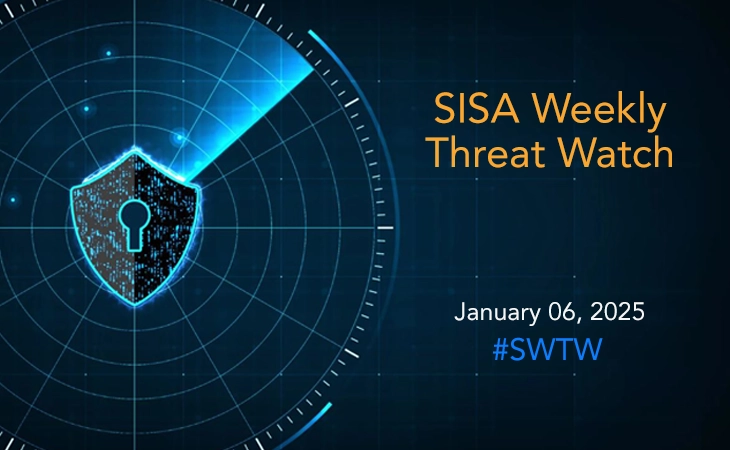Home » Guarding the Digital Vaults: The Role of Forensics-driven Security Testing in Payments Ecosystem
Guarding the Digital Vaults: The Role of Forensics-driven Security Testing in Payments Ecosystem
Share on

In the ever-evolving digital landscape, the importance of robust cybersecurity has never been more pronounced, especially within the payments industry. As digital transactions become the new norm, involving new form factors and witnessing a breakneck pace of innovations, security testing stands as an indispensable bastion against emerging cyber threats. According to Cybersecurity Ventures, the global damage related to cybercrime is projected to hit $10.5 trillion annually by 2025, an alarming increase from $3 trillion in 2015. This number is not just an alarm bell for the payments industry but a call to action.
Pillars of Payment Security
Application and network security testing, red teaming, phishing simulations, and IoT security testing are not mere buzzwords. They form the pillars of payment security. It is not enough to erect firewalls and encrypt data; the key is to actively ‘seek and defend’ against threats. This is where security testing comes into play.
Application security testing is the first line of defense. It probes for vulnerabilities in applications that hackers could exploit to gain unauthorized access. According to the latest report from Positive Technologies, a vast majority of web applications (98%), have vulnerabilities that could be exploited. Thus, periodic application security testing should be part of every payment company’s security protocol.
On the other hand, network security testing focuses on securing the networks that handle payment transactions. According to a new survey by Contrast Security, more than 60% of global financial institutions with at least $5 billion in assets were hit by a variety of cyberattacks during 2022. This growing trend underscores the need for organizations to conduct regular network security testing, identify potential weak spots, and harden their defenses.
The concept of red teaming is gaining significant traction. Here, a group of white-hat hackers deliberately attempt to breach an organization’s defenses, mimicking the tactics of real-world cyber criminals. The 2023 IBM Security report shows that 60% of companies that employ red teaming manage to ward off actual cyber-attacks. By simulating cyberattacks, payment companies can better understand their vulnerabilities and implement improved security measures.
Similarly, phishing simulation exercises are crucial in preparing employees – the often-overlooked gatekeepers of a company’s cybersecurity and arguably the weakest link in security defenses. According to a study by Deloitte, 91% of all cyberattacks begin with a phishing email to an unsuspected victim and 32% of all successful breaches involve the use of phishing techniques. By regularly testing the ability of employees to identify and respond to phishing attempts, payment companies can minimize the risk of an internal security breach.
With the advent of IoT, payment transactions are no longer limited to traditional devices. Smartwatches, refrigerators, and even cars can now make payments. Statista predicts that the installed base for IoT connected devices worldwide will reach about 31 billion units by 2025, up from about 14 billion units in 2021, implying the attack surface for potential cyberattacks is growing exponentially. IoT security testing ensures that these non-traditional payment channels do not pose to be weak links in the chain.
Forensics-driven approach to Security Testing
In conclusion, security testing is not a luxury, but a necessity for payment companies. It is no longer enough for organizations to have effective responses, what is more important is building preventive controls. This is where a forensics-driven approach to security testing offers an edge. As a leading global PCI Forensic Investigator (PFI), SISA offers a comprehensive suite of cybersecurity testing services powered by forensic intelligence, specifically tailored to meet the unique needs of the payment industry. The forensic learnings derived from over 15 years of experience as a core PFI help us build proprietary security testing checklists and threat models of payment systems, including Card Management Systems, Payment Gateways, and core banking systems, among others. These checklists and models efficiently identify potential vulnerabilities and weaknesses unique to the payment system’s environment, thereby ensuring a comprehensive assessment and accurate evaluation of the system’s security posture. SISA’s unique 4D approach – deconstructing breaches, deciphering loopholes, developing controls, and disseminating learnings – helps develop enhanced preventive and detective controls, to strengthen end-to-end security of payment infrastructure. In an age where data is the new currency, it is important to invest in security testing, thereby creating both a confident organization and a secure digital payments ecosystem.
 USA
USA India
India APAC
APAC Middle East
Middle East Global
Global

 Facebook
Facebook Linkedin
Linkedin  X
X Youtube
Youtube








